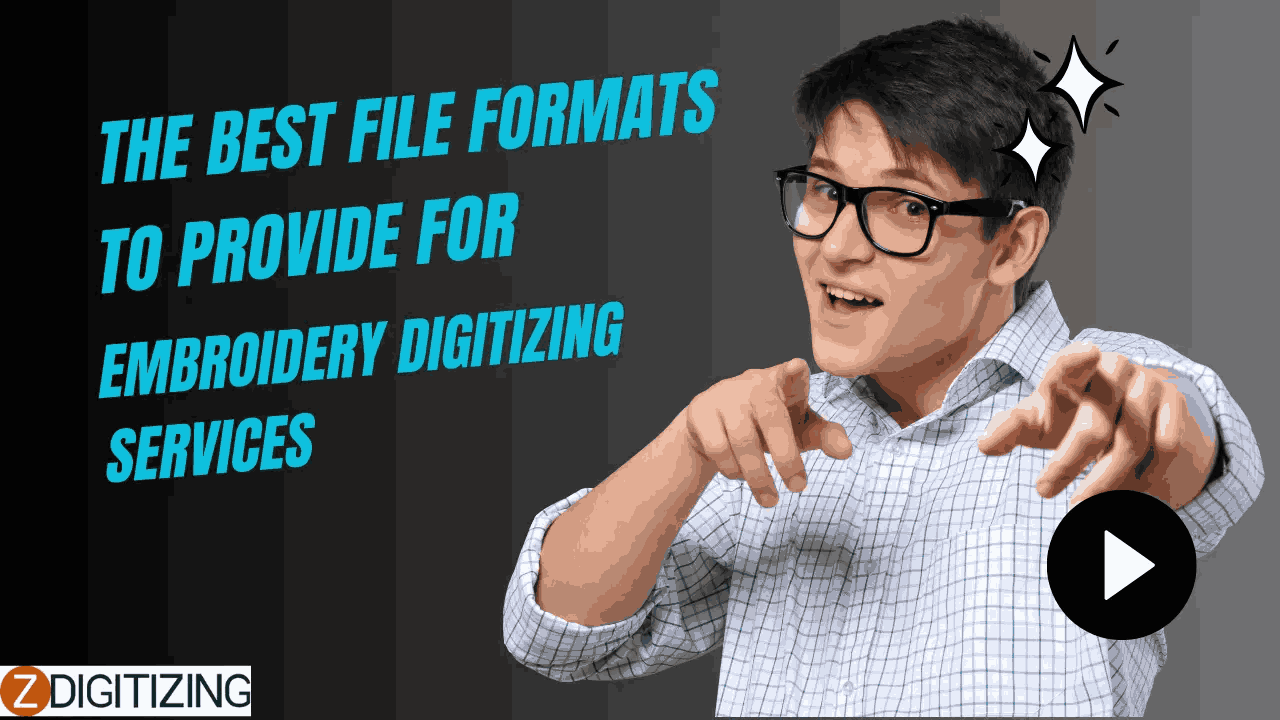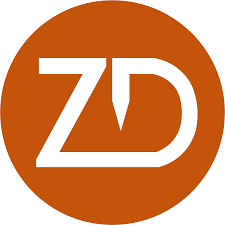No More Mistakes with Flour Mill Machine Manufacturer
Mar 11 2023


When it comes to embroidery digitizing services, providing the right file format can make or break the quality of your final embroidered product. Whether you’re a business owner branding apparel, a crafter personalizing gifts, or a designer creating intricate patterns, understanding which file formats work best is key to a smooth process and stellar results. This blog dives into the best file formats to provide for embroidery digitizing, offering detailed insights to help you optimize your designs and rank higher on search engines.
Embroidery digitizing is the process of converting artwork into a digital stitch file that an embroidery machine can interpret. The file format you provide as the starting point—your artwork—directly impacts how accurately and efficiently a digitizer can translate it into stitches. Submitting the wrong format can lead to delays, poor quality, or extra costs for rework. By choosing the best file formats, you ensure a seamless workflow and a professional finish.
File formats fall into two main categories: source files (your original artwork) and embroidery files (the machine-ready output). This guide focuses on the source files you should provide to digitizing services, as well as an overview of common embroidery output formats for context.
These are the files you submit to the digitizer, typically images or graphics.
These are the final files created by the digitizer for embroidery machines, such as DST or PES.
Let’s explore the best source file formats to provide for optimal digitizing.
Vector files are the gold standard for embroidery digitizing. They’re scalable without losing quality, making them ideal for logos and detailed designs. Here’s why they shine:
Why They’re Great: Vectors allow digitizers to adjust sizes and details without distortion, ensuring crisp stitch patterns.
Best For: Business logos, complex graphics, and scalable designs.
PDFs can contain vector or raster data, depending on how they’re saved. A vector-based PDF is excellent for digitizing, offering clarity and flexibility.
Best For: Professional artwork or multi-element designs.
Raster files are pixel-based and less ideal than vectors, but high-resolution versions work well for simpler designs.
Why They Work: At 300 DPI or more, these files provide enough detail for digitizers to trace accurately.
Best For: Photos, basic artwork, or designs with gradients.
A vector format specific to CorelDRAW, CDR files are less common but still excellent for digitizing if you use this software.
Best For: CorelDRAW users with detailed vector designs.
While you won’t provide these, knowing the output formats helps you understand the process:
When ordering, specify your machine type so the digitizer delivers the right format.
Submitting the best file format offers several advantages:
A blurry JPEG, for example, forces digitizers to redraw elements, risking errors. A vector AI file, on the other hand, streamlines everything.
Maximize your digitizing success with these steps:
If your artwork isn’t in an ideal format, convert it:
Test conversions to ensure quality isn’t lost.
Not all services handle every format. When selecting a provider:
A good service will guide you if your file needs tweaking.
Providing the right file format for embroidery digitizing services is the first step to achieving professional, high-quality embroidery. Vector formats like AI, EPS, and SVG lead the pack for their scalability and precision, while high-resolution PNGs or TIFFs work for simpler raster designs. By submitting clean, compatible files, you set the stage for flawless stitch files and stunning results. Ready to digitize your next project? Prepare your artwork in one of these top formats and partner with a trusted service today!
Vector formats like AI, EPS, or SVG are ideal for their scalability and clarity.
Yes, if it’s high-resolution (300 DPI+), but vectors are preferred for better results.
The digitizer may need to redraw it, potentially adding time and cost, or the embroidery may lack detail.
Check your machine’s manual—DST and PES are the most common.
Many can, but confirm beforehand; some charge extra for conversions.
Low-resolution or heavily compressed files (e.g., small GIFs) are unsuitable due to poor quality.
Social Media Marketing Strategies for Beginners
Mar 14 2023
(0) Comments